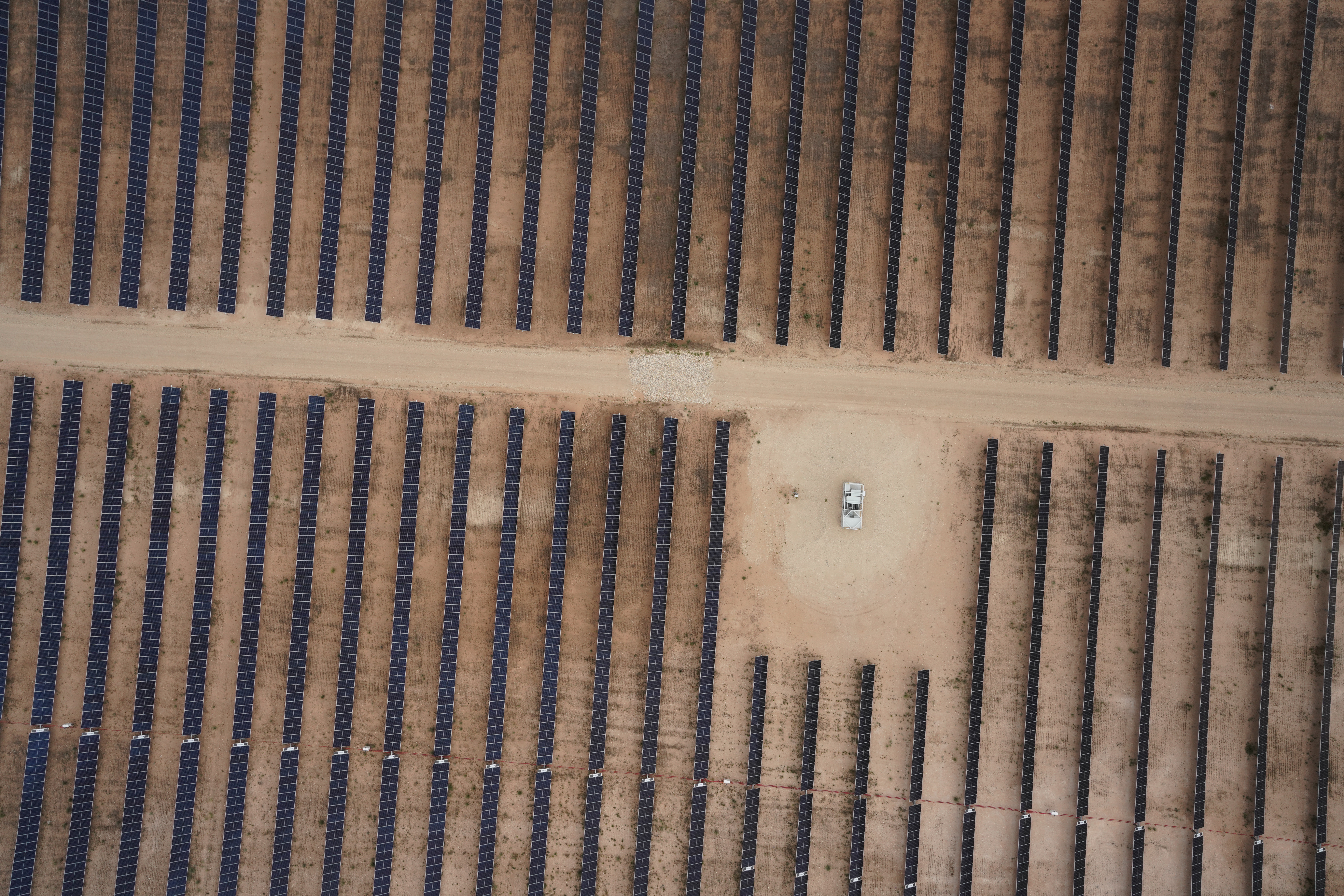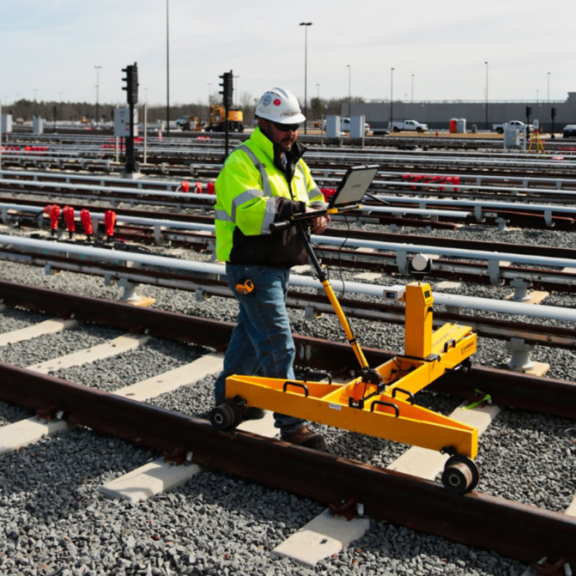Have you ever wondered just how the Earth supports the things we build on it? You know, like how certain kinds of soil can (or can’t) support a bridge, high rise, or civic center? Before a build can actually take place, engineers have to ensure that the ground below a project is prepared to take on the task of supporting it. Enter: Our geotechnical and construction materials testing (CMT) teams.
To learn more about our geotechnical and CMT offerings, I caught up with Matt Thornton, a laboratory manager in our Richmond Southlake office. He is passionate about his career, and it’s pretty obvious that he’s really great at it too.
In his role, Matt conducts tests and manages the lab’s equipment to promote accurate, quick, and concise results. To make sure that construction specifications and guidelines are being followed, many projects require that a third party conduct precise analyses and testing. And that’s where Matt and his team come in.
While geotechnical and CMT services are both similar and dissimilar in several ways, the biggest differentiation is that geotechnical engineering is offered before or during a project’s design and CMT services are offered while a project is in the construction phase. Because of their nature, it often times makes sense to start with a project’s geotechnical needs.
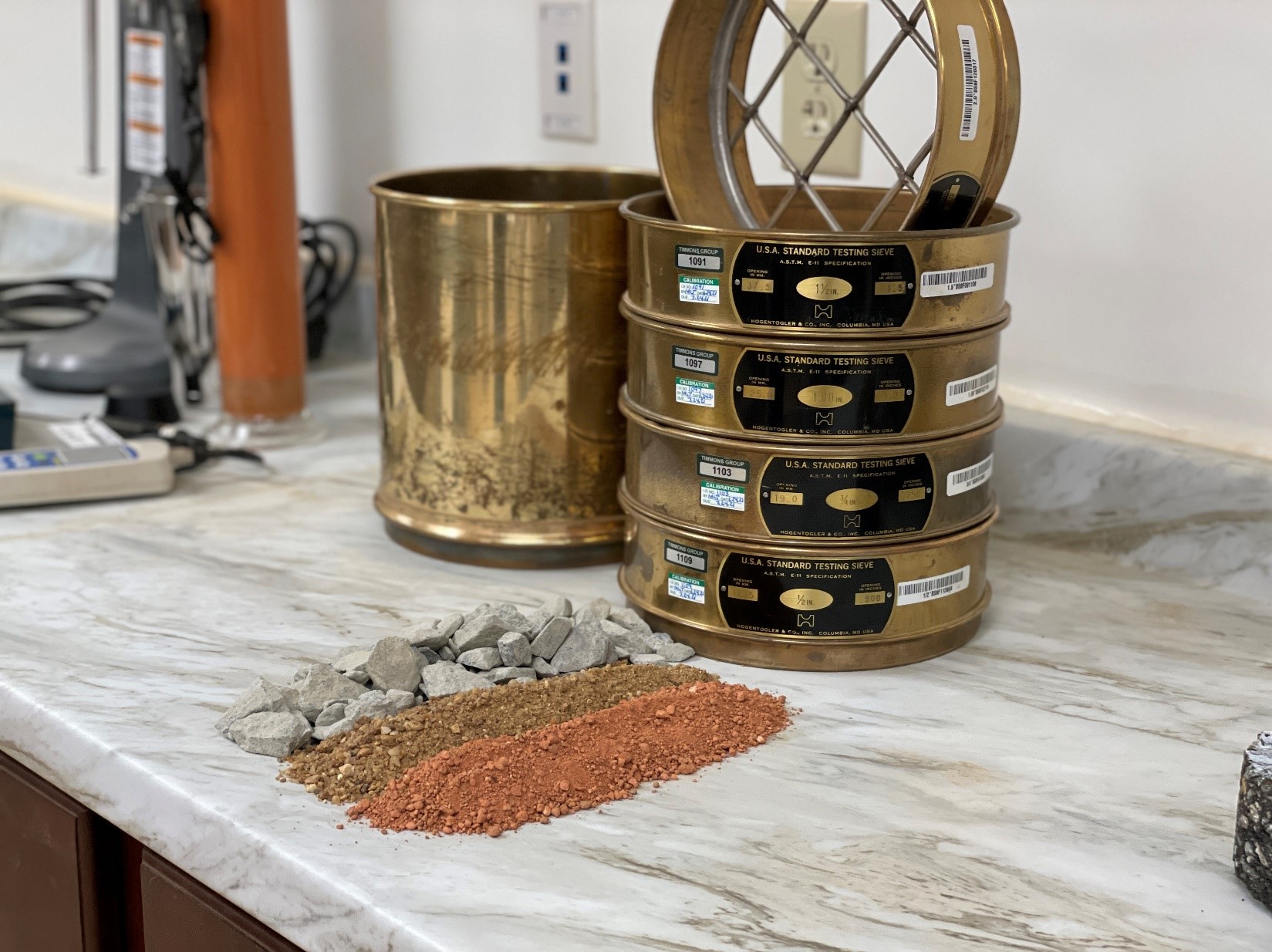
Particle Size Analysis — Uses a series of nested sieves placed in a mechanical shaker to separate the material into various size fractions.
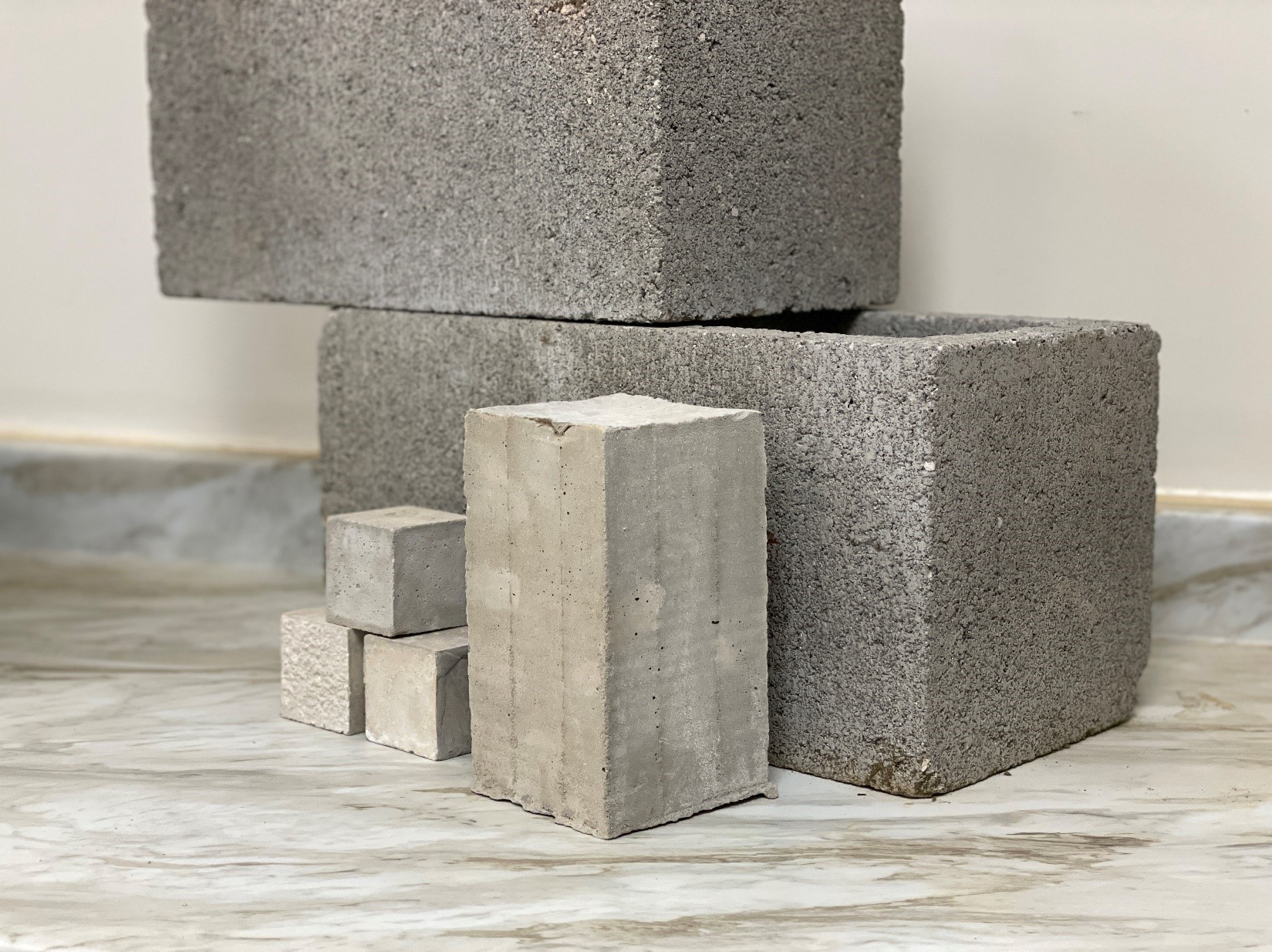
Masonry Strength Specimens — Grout and mortar used for CMU Masonry Walls are formed into specimens which will be tested in the laboratory to determine the compressive strength.
“There is a wide range of geotechnical issues to consider depending on what the exact project needs are,” Matt says. “Our geotechnical services start with a subsurface investigation that involves sending a driller to a project site. The driller sends those samples back to our Southlake office, we generate an analysis, then we send that information to our engineers so they can properly design for a site’s needs. The engineers will tell us in advance what kind of tests they want based on the project they’re designing. It could be as simple as a footing or as complex as a bridge abutment or retaining wall, but each project is dynamic and requires different care.”
Once the team has checked all the geotechnical boxes, an engineer will continue their project’s design where it will one day move into the construction phase. At that point, Matt’s team steps back into the picture to ensure that everything the engineer planned for during the design phase comes to fruition during construction.
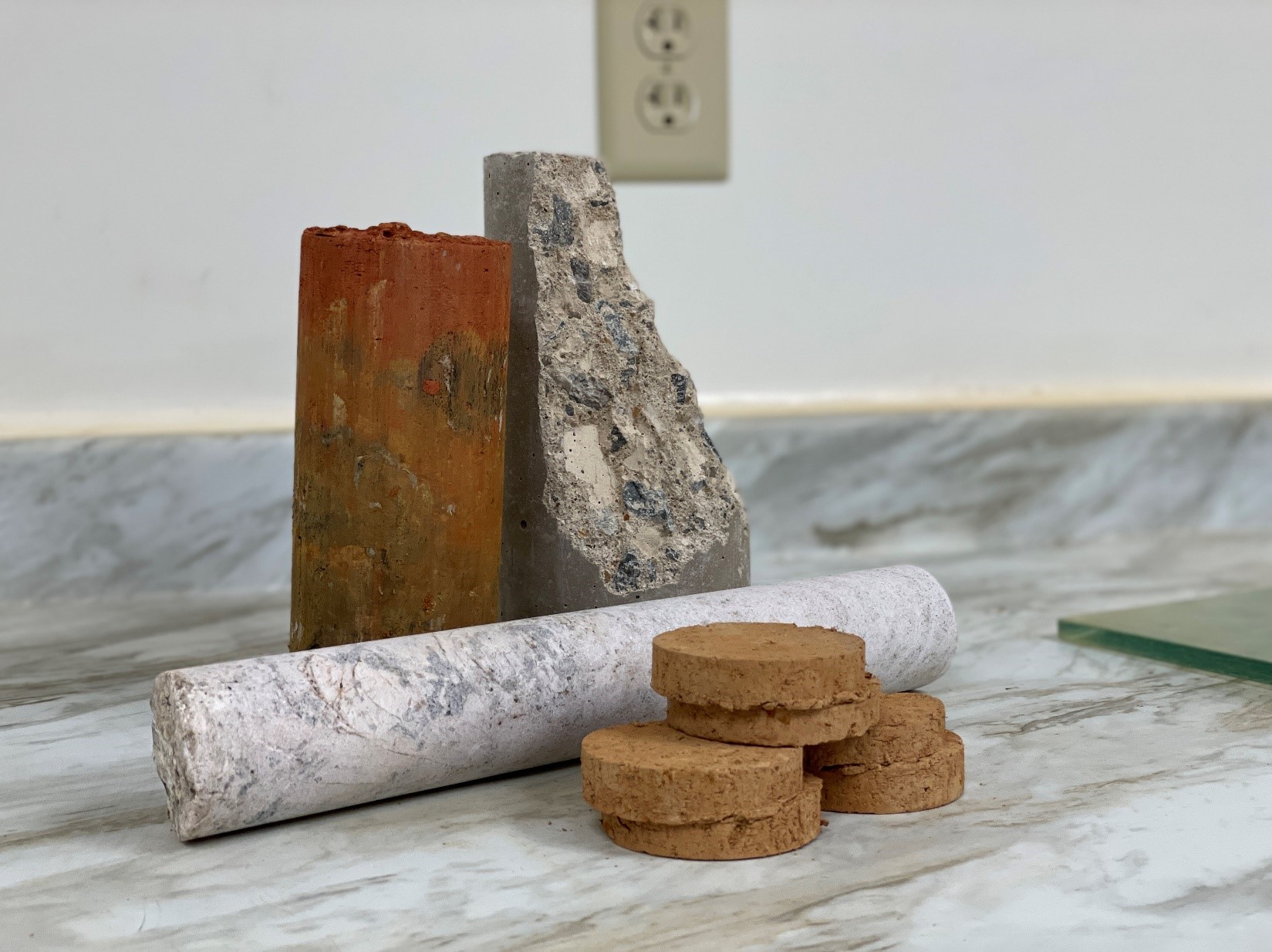
Unconfined Compressive Strength — Samples of soil, concrete, and bedrock can be placed in load frames to determine their strength. These test results are reported in pounds per square inch (psi). Geotechnical Engineers use the test results to determine if soil and/or rock is strong enough to support a structure.
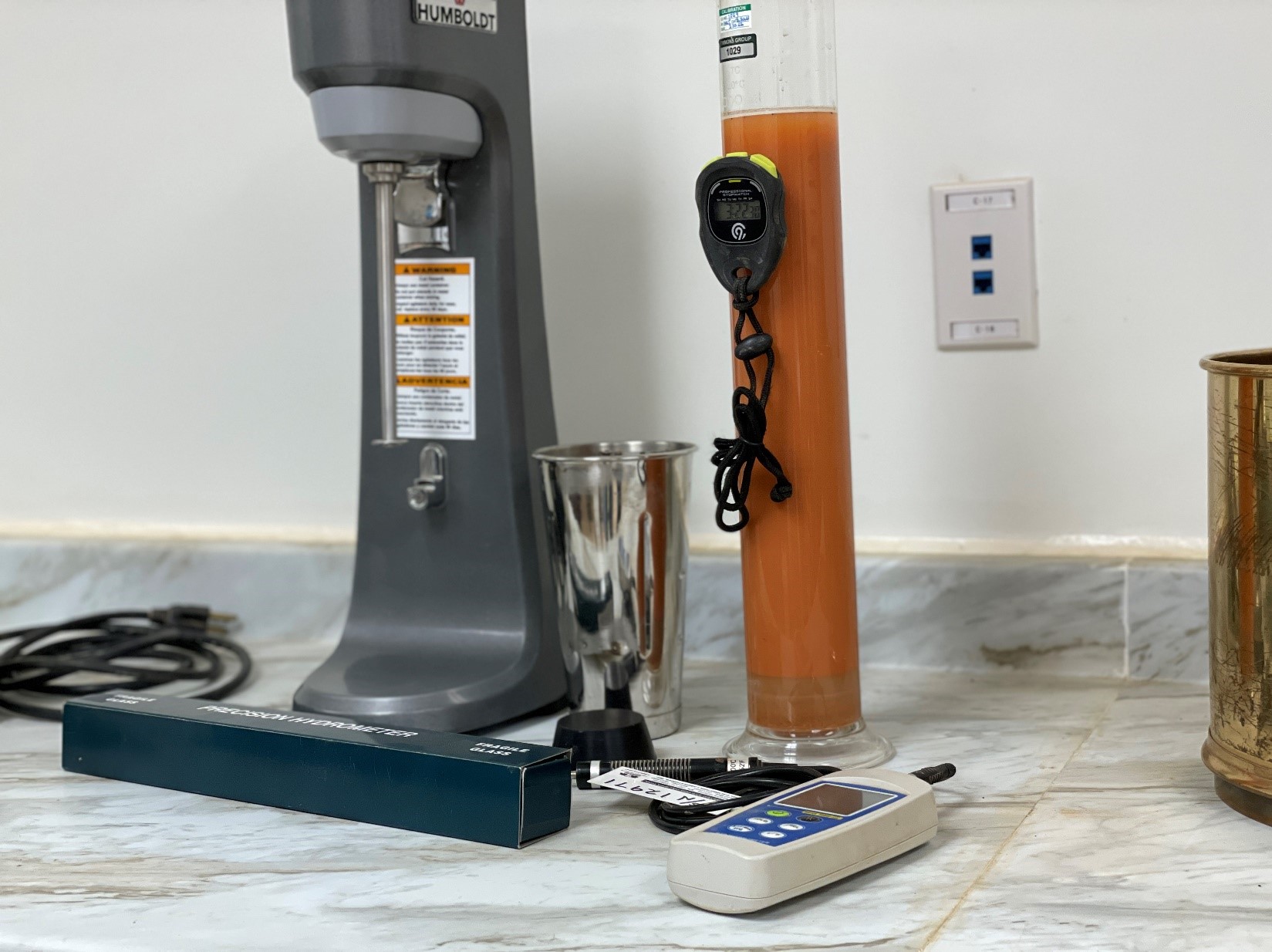
Hydrometer Analysis — A project specific test that determines the percent distribution of various size particles smaller than 75 microns (0.0029 inches) as they settle through a column of water.
“We provide third-party testing during the construction phase of a project to help both the client and contractor ensure that protocols are being met,” Matt says. “CMT focuses on whether the contractor has properly placed materials on site and whether they’re of the right quality. We have field technicians that are capable of running a large variety of tests and observations on site like field density tests, footing observations, bearing pressure and reinforcing steel observations, concrete and masonry testing, and more.”
“Our techs can also bring materials back to the lab so we can run tests like moisture content, wet washing and particle size analysis, liquid and plastic limits, California bearing ratio tests, one-dimensional consolidation and swell tests, corrosion potential, and thermal resistivity,” Matt says.
Whether the samples come from a geotechnical need or construction materials testing need, they end up in Matt’s lab where he’ll test that the quality matches what the client expected and what the contractor offered.
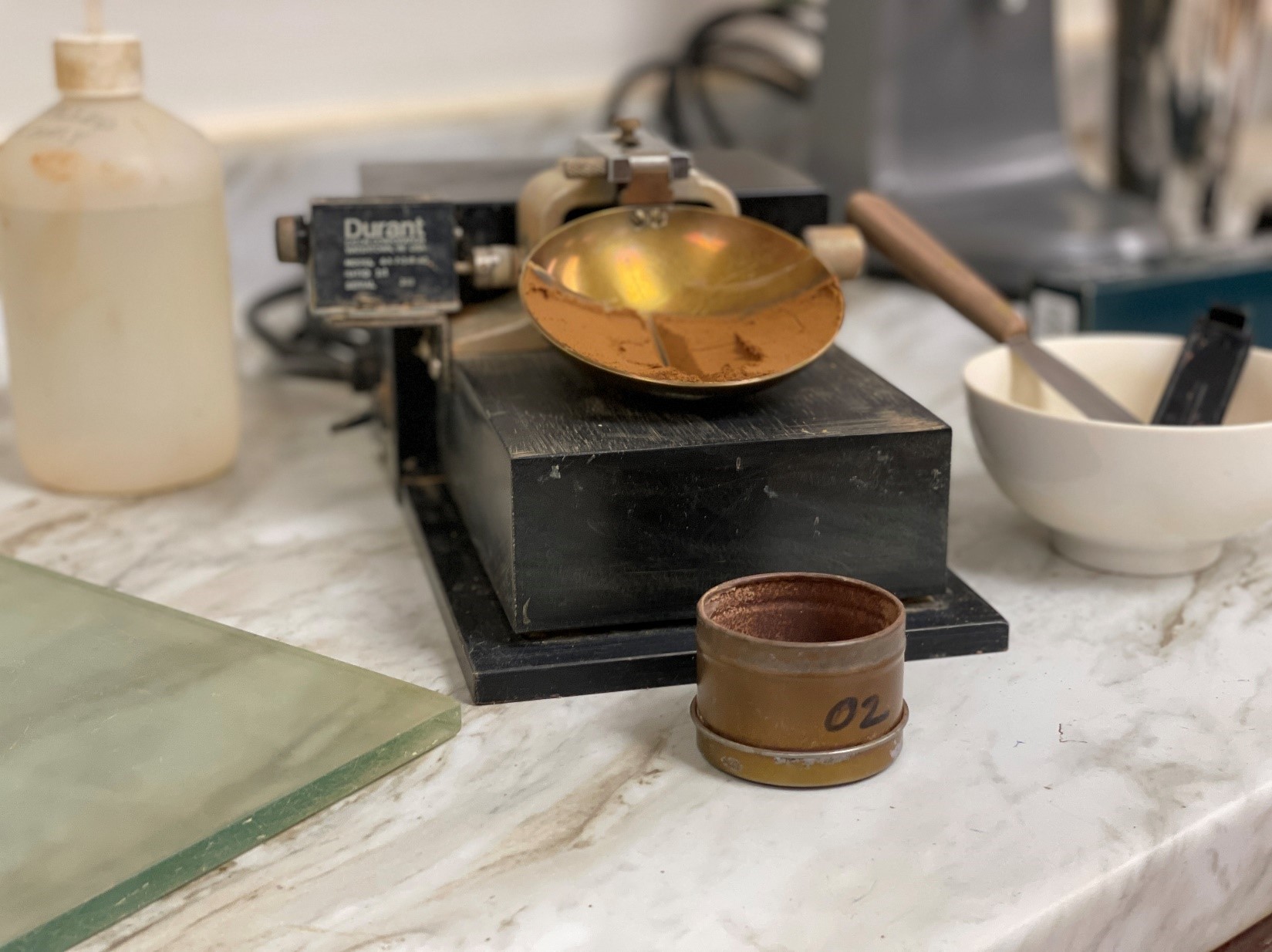
Liquid Limit — The moisture content at which a material changes from a plastic state of consistency to a liquid state of consistency. A groove is cut into a mass of soil resting in a brass cup that is mechanically dropped from a height of 10 mm. The moisture content is determined when 25 drops of the cup will close the groove ½ inch.
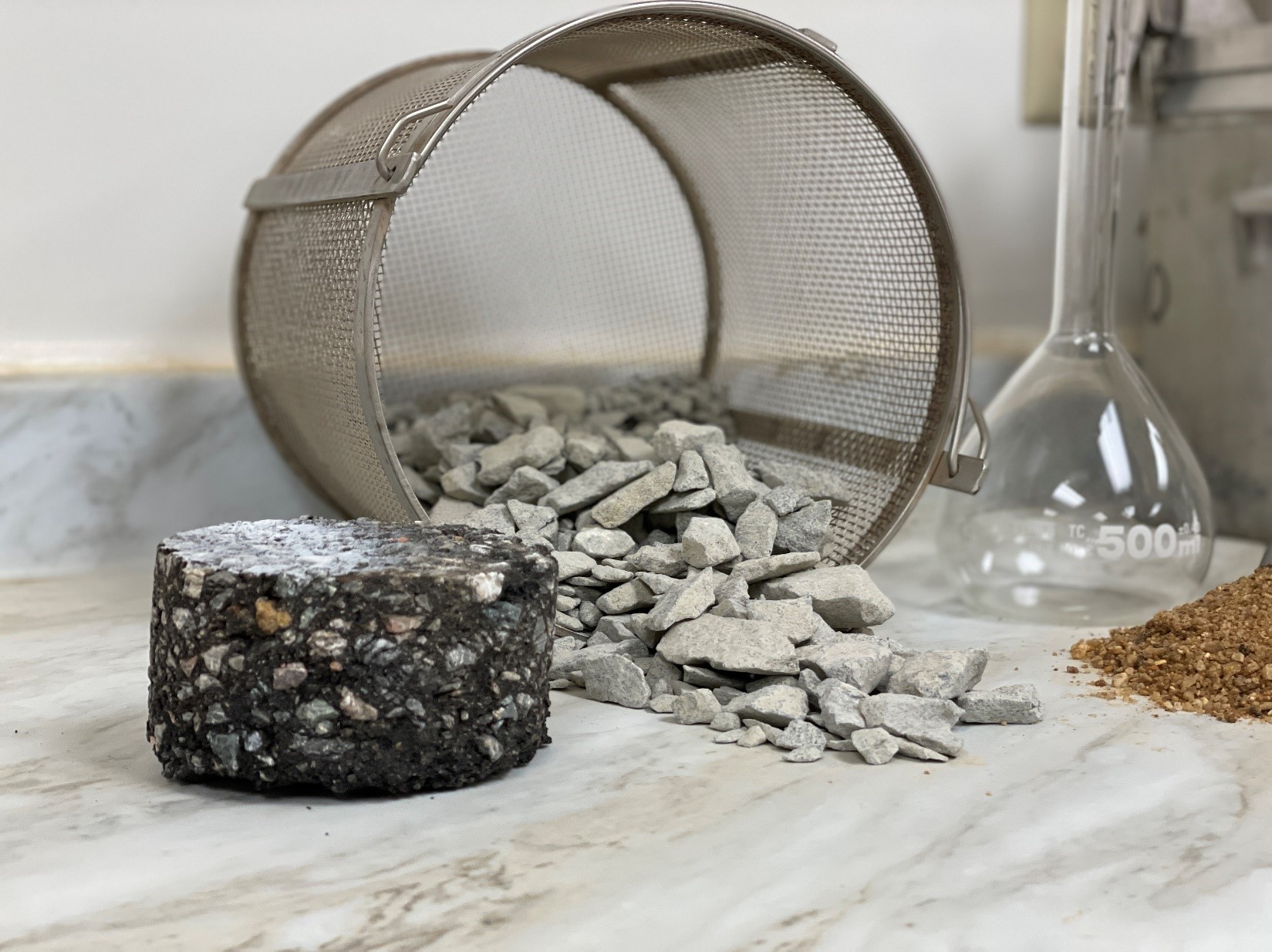
Density of Compacted Asphalt — A common method to determine the density of asphalt is by removing a section of compacted asphalt for comparing its mass in air to its mass in water. This is referred to as the Bulk Specific Gravity or Bulk Density of Compacted Asphalt.
“Our field services are very important to the construction industry because owners deserve to know what is going on behind the scenes with their projects,” Matt says. Construction projects can cost upwards of hundreds of thousands of dollars, so implementing a handful of tests up front and during the construction process is a precautionary measure that Timmons Group is proud to offer for our clients.
Between the geotechnical and construction materials testing services that our Southlake Richmond office provides, Matt says that folks on both ends of the spectrum have one goal in mind: To make critical observations that help ensure a smooth transition to a safe and enjoyable completed project.
Interested in learning more about our geotechnical and CMT offerings? Explore more here.


